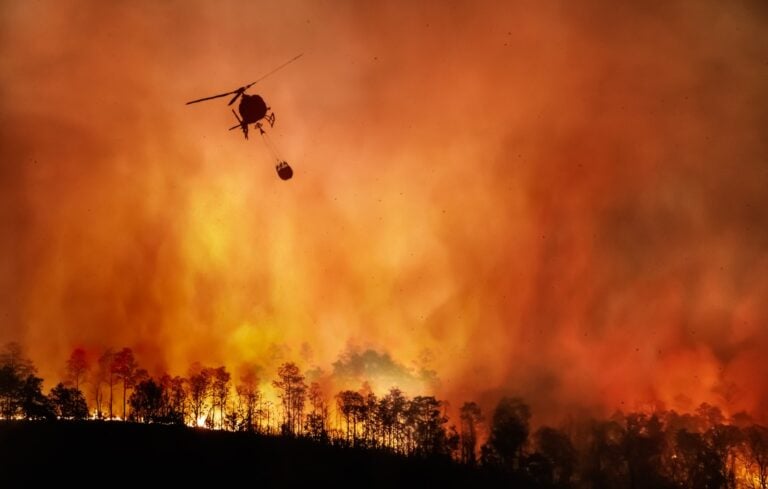
CEOs tackle tough issues every day, including cybersecurity, innovation, human capital, operational excellence, customer retention, and corporate reputation, to name a few.
However, disaster planning typically only makes the top-five list after something has happened. The reason: Many companies fail to advance plan for the impact of earthquakes, floods, hurricanes and other potentially devastating events—even though they can undermine every one of the priorities mentioned above.
Why do natural disasters get overlooked? It’s our nature to be reactive rather than proactive. Additionally, when it comes to risk, we all have tendencies that can lead to faulty decision-making. Knowing our predispositions, though, may help us correct them. Here are 5 behaviors to watch out for and eliminate. Doing so will help put our disaster risk management process back on track.
1. Denial. We see it every year. In the weeks and months after a major natural disaster, companies become keenly aware of the wisdom of hardening or relocating vulnerable facilities. Yet, as catastrophes fade from memory, we shift our focus to more pressing matters. We forget the long-term likelihood or potential severity of a recurrence. We need to overcome this behavior and look coolly at the true risk our facilities (and our suppliers’ facilities) may be exposed to.
2. Selective attention. We like to feel smart, so we tend to discount data that makes us uncomfortable and overvalue information that confirms our existing views. To counteract this behavior, we need to create a comprehensive disaster response plan to deal with contingencies we’d rather not think about, even if we’re convinced a disaster won’t happen.



Chief Executive Group exists to improve the performance of U.S. CEOs, senior executives and public-company directors, helping you grow your companies, build your communities and strengthen society. Learn more at chiefexecutivegroup.com.
0

1:00 - 5:00 pm
Over 70% of Executives Surveyed Agree: Many Strategic Planning Efforts Lack Systematic Approach Tips for Enhancing Your Strategic Planning Process
Executives expressed frustration with their current strategic planning process. Issues include:
Steve Rutan and Denise Harrison have put together an afternoon workshop that will provide the tools you need to address these concerns. They have worked with hundreds of executives to develop a systematic approach that will enable your team to make better decisions during strategic planning. Steve and Denise will walk you through exercises for prioritizing your lists and steps that will reset and reinvigorate your process. This will be a hands-on workshop that will enable you to think about your business as you use the tools that are being presented. If you are ready for a Strategic Planning tune-up, select this workshop in your registration form. The additional fee of $695 will be added to your total.

2:00 - 5:00 pm
Female leaders face the same issues all leaders do, but they often face additional challenges too. In this peer session, we will facilitate a discussion of best practices and how to overcome common barriers to help women leaders be more effective within and outside their organizations.
Limited space available.

10:30 - 5:00 pm
General’s Retreat at Hermitage Golf Course
Sponsored by UBS
General’s Retreat, built in 1986 with architect Gary Roger Baird, has been voted the “Best Golf Course in Nashville” and is a “must play” when visiting the Nashville, Tennessee area. With the beautiful setting along the Cumberland River, golfers of all capabilities will thoroughly enjoy the golf, scenery and hospitality.
The golf outing fee includes transportation to and from the hotel, greens/cart fees, use of practice facilities, and boxed lunch. The bus will leave the hotel at 10:30 am for a noon shotgun start and return to the hotel after the cocktail reception following the completion of the round.